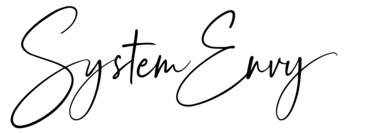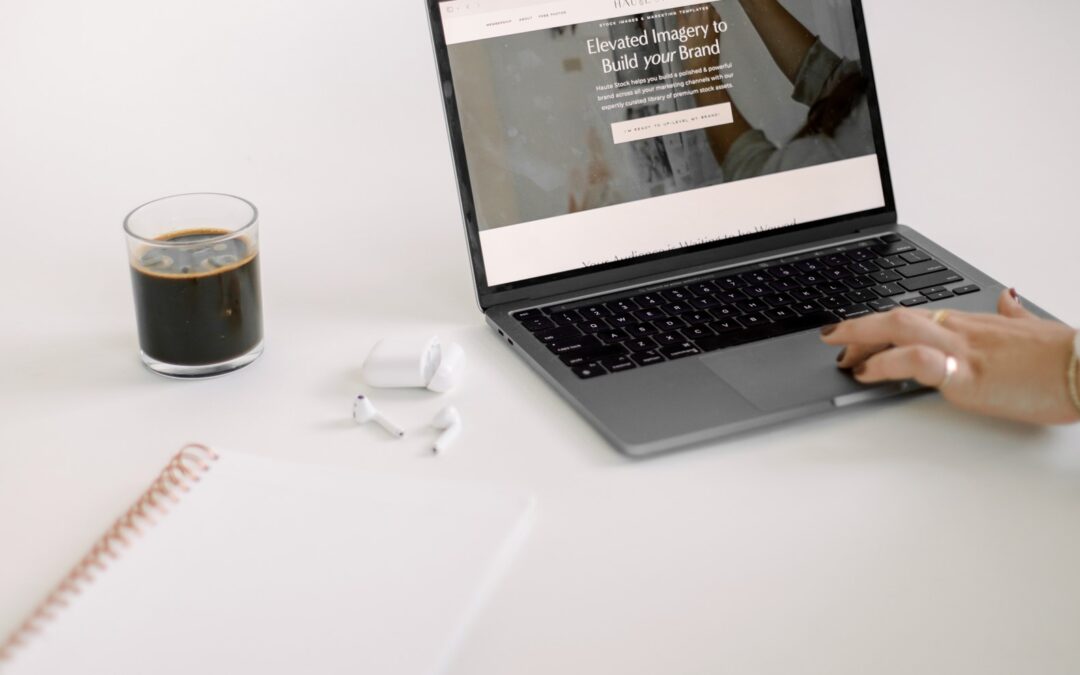
Tools and Software We’re Loving: 2024 Edition
At System Envy, we love a tool and a system.
(Shocking, right? System Envy living up to its name?)
But, we love a little tools and systems recap juuuuust as much as we love a system — and our team is obsessed with seeing what other small businesses are using, too. It’s been a while since we did a roundup of our favorite tools and software, and it’s changed a little since.
So today, we’re sharing a dive into the things that keep our clients happy, our business running, our funnel sending, and our analytics calculating.
But first, here’s why we’re NEVER opposed to switching things up.
The thing is, businesses change, tech changes, and priorities change — and that means that the tools and software we used back in 2005 aren’t going to be the same ones we use now. (Like, come on… none of us are still using AIM to instant message, are we?! Nope.)
However, I know from firsthand experience how hard it can be to try out new tools and software… especially when something’s working. So, here’s my advice: While I don’t recommend changing things JUST to change them, I also don’t recommend refusing to change in the name of sticking with routine. New technological advances and new steps in business are just waiting for you on the side of a little bit of fear, okay? Promise.
Tools and Software We’re Loving: 2024 Edition
From GSuire and Asana to Flodesk, WordPress, and Funnel Gorgeous, here are our go-to tools and software these days.
GSuite: When it comes to GSuite, we love it all — Docs, Slides, Sheets, Gmail, you name it. Why? Because reporting software, um… just didn’t do it for us. I guess you can call us old school, but it’s way easier, way more effective, and WAY more sensible for our clients to report via GSuite.
We tried the fancy Google Data Studios, but the plug-in wouldn’t work and the data broke over and over again, which was so frustrating. While it would definitely be really helpful for very straightforwardly data-driven businesses or straight lead gen or e-commerce businesses, it wasn’t helpful for us. Even with the fancy graphs and tables, it just never felt as streamlined or useful as a Google Sheet.
Asana: Guys, we could sing the promise of Asana forever and ever and ever. It’s been our favorite tool for a long time, and we can’t imagine it NOT being a favorite. Basically, it’s our project manager… and it’s grown as we have. We use it to plan, create, and schedule content, manage client projects, define ad campaigns, and SO. MUCH MORE.
10/10 recommend.
Funnel Gorgeous: After several years with another funnel software, we reworked allllll of our email funnels last year into FG Funnels, also known as Funnel Gorgeous Funnels. This is an all-in-one funnel builder that’s A) gorgeous (obviously) and B) really easy to use. Plus, it does everything from template design to automation.
Flodesk: Ah, Flodesk. If you want to send beautiful, on-brand emails, Flodesk is your bestie… just like it is to us. While we don’t do our heavy-lifting funnels through Flodesk, we do utilize it often for landing pages, newsletters, and the like. There are so many easy-to-use features, it’s SO intuitive, and it has a pretty robust ability for segmenting. Plus, it’s SO inexpensive.
WordPress: There are a lot of options for website building, but we just really still love WordPress. There’s really nothing like it in terms of blog capability and function, ease, and resources — and since it’s been around for so long, the kinks are worked out. Plus, the plug-in options are endless.
—
Our System Envy tech stack is simple, but she’s effective… and we’re big fans. However, we’re always open to any suggestions. Do you have any favorites we’re not taking advantage of?
















